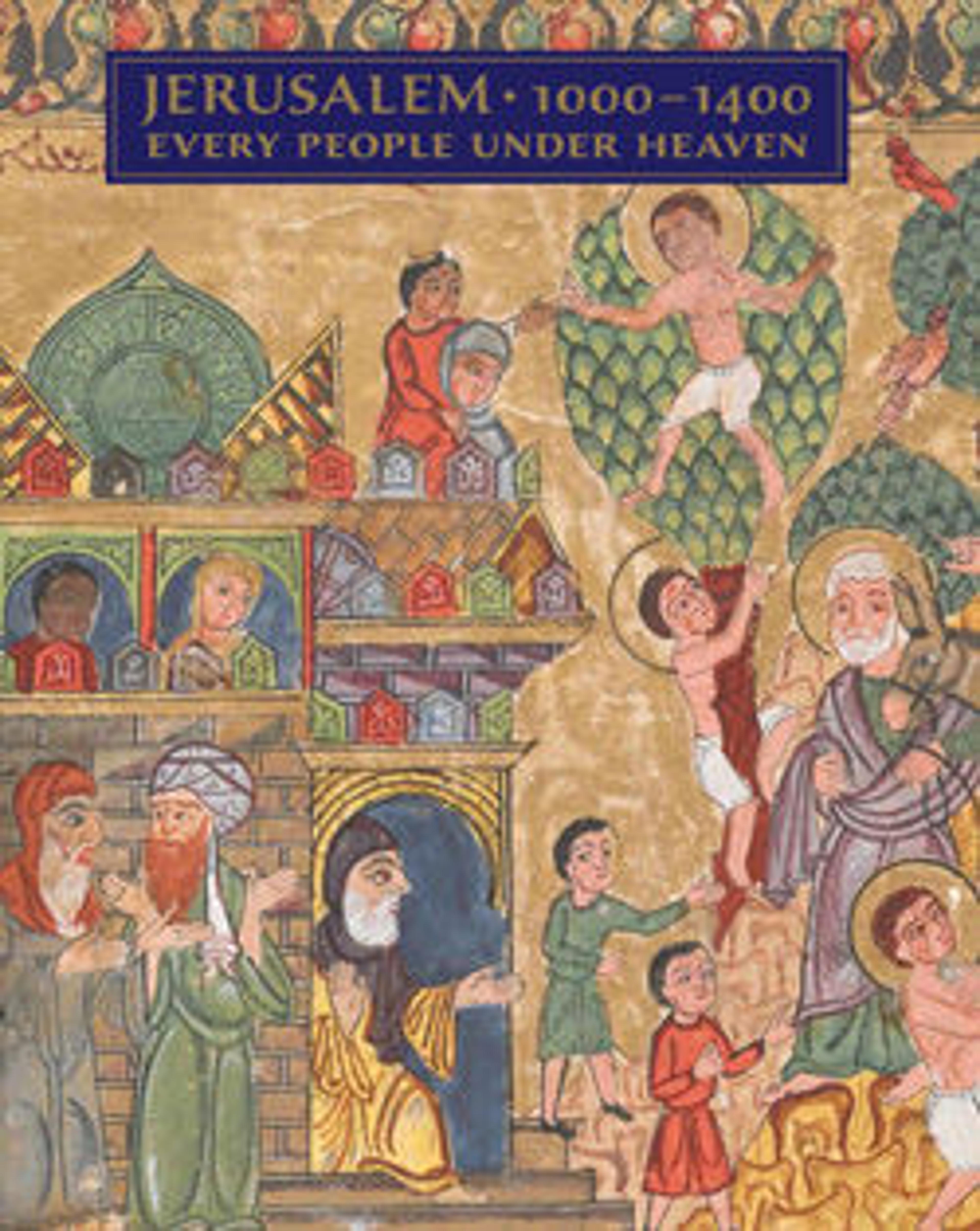Perfume Sprinkler (Qumqum)
This long-necked glass bottle with a ring-shaped body would have been used for disseminating rosewater or another aromatic substance mixed with water. Rosewater was used for cooking and as a perfume to be sprinkled on guests at the end of a meal. The production of such sprinklers in Syria from the late eleventh to the mid-thirteenth century reflects another aspect of courtly manners in which attractiveness in all its forms was prized.
Artwork Details
- Title: Perfume Sprinkler (Qumqum)
- Date: 11th–mid-13th century
- Geography: Attributed to probably Syria
- Medium: Greenish glass; blown, applied blown foot, applied decoration
- Dimensions: H. 10 1/4 in. (26 cm)
W. 5 1/4 in. (13.4 cm)
D. 3 1/4 in. (8.3 cm)
Wt. 5.5 oz. (155.9 g) - Classification: Glass
- Credit Line: Purchase, Richard S. Perkins Gift, 1977
- Object Number: 1977.164
- Curatorial Department: Islamic Art
More Artwork
Research Resources
The Met provides unparalleled resources for research and welcomes an international community of students and scholars. The Met's Open Access API is where creators and researchers can connect to the The Met collection. Open Access data and public domain images are available for unrestricted commercial and noncommercial use without permission or fee.
To request images under copyright and other restrictions, please use this Image Request form.
Feedback
We continue to research and examine historical and cultural context for objects in The Met collection. If you have comments or questions about this object record, please contact us using the form below. The Museum looks forward to receiving your comments.
